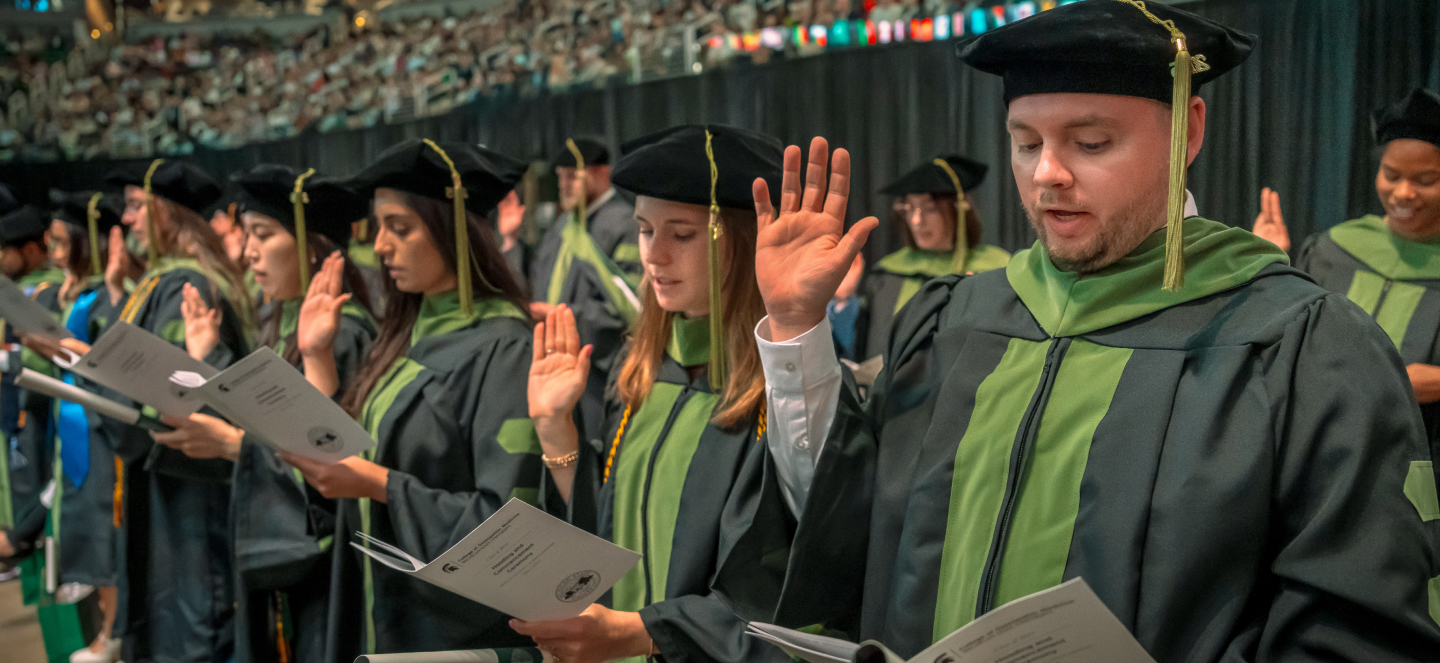Why this matters:
Some professional football players practice ballet. An NCAA champion runner also swims. An Olympic gold medal speed skater does six-hour biking sessions. According to researchers from Michigan State University, these athletes are ahead of the game because cross-training can help prevent injury in youth athletes.

Nathan Fitton, DO
Nathan Fitton, associate professor of orthopedics in the MSU College of Osteopathic Medicine, chief medical information officer for MSU Health Care, and MSU Athletics team physician; Jared Lutsic, MSU College of Osteopathic Medicine alumni and orthopedic surgery resident at Henry Ford Warren; and others studied the effects of sport specialization on collegiate athletes. Their findings were recently published in the Clinical Journal of Sport Medicine and reveal a direct association between the intensity of sport specialization and incidence of injuries while as a college athlete.
“We expected to learn that highly specialized athletes would have higher injury rates,” Fitton said. “What’s alarming is a statistically significant increase in surgical procedures after an injury. We found that the more specialized an athlete was, the more likely they were to need surgery to correct an injury. This was true for male and female athletes.”
“There are lifelong implications for youth sports injuries,” he added. “Injured athletes don’t always return to their pre-injury state. In the short term, this may mean they don’t get back to the sport at a level where they want to be. Longer term, we see arthritis from trauma to joints at an earlier age than would be expected. And we see 30- and 35-year-olds who need additional surgeries or lifestyle modifications to recover from an injury they experienced as a youth athlete.”
In the survey, NCAA Division I, II and III athletes were asked about their sports participation, specialization, injuries, recovery periods and treatment methods. Findings showed that highly specialized athletes were more likely to report injuries and, of those who said they had been injured, more than half reported a reinjury.
“We asked college athletes about their specialization status and learned that those who had a history of being highly specialized in high school got injured more frequently in college and had more severe injuries,” Lutsic said. “Parents, physicians and coaches should consider this when advising student athletes.”
“Athletes can still be very committed to a single sport and reduce their risk of injury by playing just one other sport for three months,” Fitton explained. “Cross-training is like rotating the tires on your car. You’ll get longer use and better performance when tires are regularly rotated. For our bodies, diversification of movement reduces the risk of injury and helps maintain healthy functioning.”
Fitton says that other activities, like dance class or participating in a school play, can offer the break young athletes need. Even taking a day or two a week to do something that uses different muscle groups would be beneficial, he added.
Get the latest updates on our programs and initiatives.


